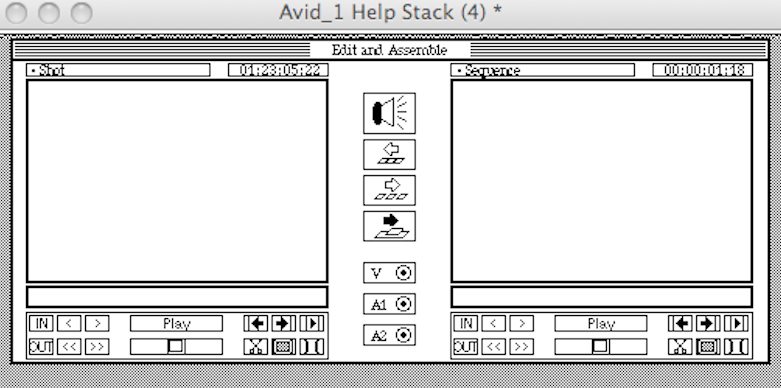The State of Digital Nonlinear Editing 2
By Jim Bask

The DNLE revolution occurred due to a confluence of technologies that continue to affect, improve, and, in some eyes, dilute our everyday lives. From a technology perspective, compute and I/0 capabilities were the main factors for the DNLE growth curve.
Let’s face it—relatively low cost personal desktop computers whether Mac or PC and lower cost video I/O processing were the two main enabling factors that got this started. We can’t include storage—yet—because in 1987 it had a price tag of $15 per megabyte. Two years later, the price had dropped to $7.48 per MB and ten years later the cost was—wait for it—$0.02 per MB. Okay, so, great, ride that cost curve any day of the week. Similarly, video I/O (bless the Truevision VIDI/O box…) units for desktop video capture were affordable. Just think what would have happened to DNLE adoption if every unit required an SGI Sirius Video board which ran you a cool $24,900 in 1993 dollars… Network speeds weren’t a factor and they wouldn’t come into the picture until we needed those individual workstations to start sharing content in workgroups.
But, 25 years later, that triad, compute, storage, and network—inevitably invited another to the party—virtualization. Ooo—and that’s where things are going to get veryinteresting. We’ll get to that in a bit…
To understand where we are and where we are going, take a look at the graphic at the top of this post. That’s early 1989, ladies and gentlemen. Thoughts that come to mind? Nice—not too many buttons. Too many buttons? Intuitive? Confusing? Uh…that’s one big, big audio speaker (LOL)! Could you figure out how to use this product without a manual? And a thousand other questions.
If you’ll indulge me, let me, for a moment, take you behind the firewall a bit because I can certainly say that there were days and weeks of trying to figure out and agree upon basic issues. Hours and hours of what, on the surface, seem to be the most mundane, boring issues. When you Mark In and Mark Out, should the duration be inclusive of the points or exclusive of the points? That took a long time to finalize. Because on that one, film editors expected one duration and videotape editors expected a different duration. Ever wonder why those first hard-coded keyboard maps had the In and Out marks under the, respectively, middle finger and index finger? It certainly wasn’t a random decision. Lot of time spent on that one. Simple reason. You know why. They’re the two strongest fingers, generally speaking, in humans and can take repeated abuse.
Along with the improvements in technology and ultimately the decrease in prices of those enabling technologies, DNLEs took off because they were similar enough to the operational status quo. Whether the status quo was the film editing convention of feed and take-up reel or that of video editing with source reel and record reel, or even, if we harken back to the CMX 600, and live broadcasts which use the preview and air model, they conformed to the thought process and thus the buying proclivities of these target markets.
Read the full article here.

